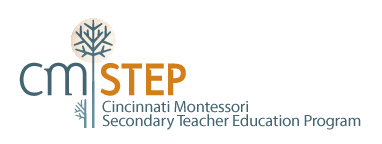Contributor’s Name: Derek Starkenburg
This cycle in science will explore evolution and genetics. Living organisms have genes, which tell the body how to reveal certain traits such as eye color and height. Genes come from both parents, and these genes mix and re-match to ensure variety. For every mother and father, 70 trillion unique children are possible. This diversity helps living organisms survive sudden changes to or within the environment. But humans are diverse in other ways as well. For instance, beyond our genes, we also have cultural identities and norms that shape who we are. We are also strongly influenced by geography—the land, resources and climate of where we live. And all these things have an impact one each other (genes – culture – environment). Taken all together, diversity ensures our survival as a species while also ensuring a never-ending variety of experiences (music, food, dance, art, etc.) to enrich our lives.
Theme:
Geared Towards seventh,eighth
Curriculum: Curriculum – Science
Tags: Middle School
Kick off: Four Corners Debate: The Three Part Diagram (Environment, Culture, Population Genetics), from “Worldwide Genetic and Cultural Change in Human Evolution” by Nicole Creanza and Marcus Feldman
Seminar Title: “How Science and Genetics are Reshaping the Race Debate of the 21st Century,” by Vivian Chou http://sitn.hms.harvard.edu/flash/2017/science-genetics-reshaping-race-debate-21st-century/
Group Initiative: The Uneven Earth
Project: Peace Study Presentation (Merging the Civil Rights Movement in Humanities with Genetics & Evolution in Science)
Discussion Topics: genetics, evolution, natural vs. cultural selection, geographic influence on genetics, Hardy-Weinberg Law exceptions
Outside Opportunity: Long trip through the American Southeast to study historical places that marked the Civil Rights era (9-day Peace Study Trip)
Download Files:
Middle School
